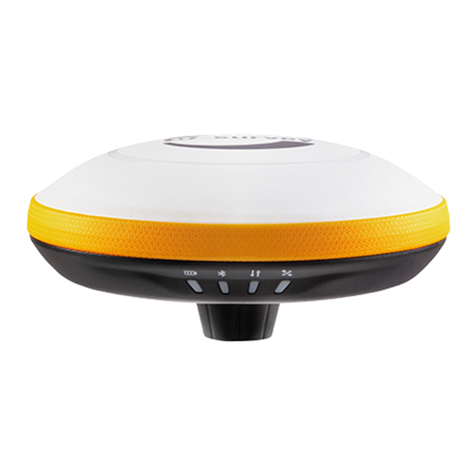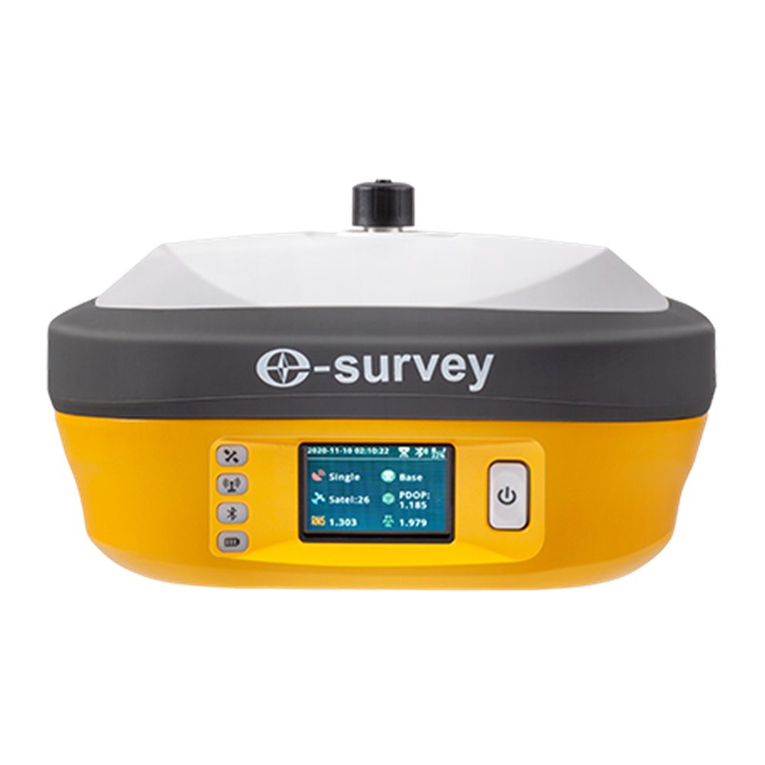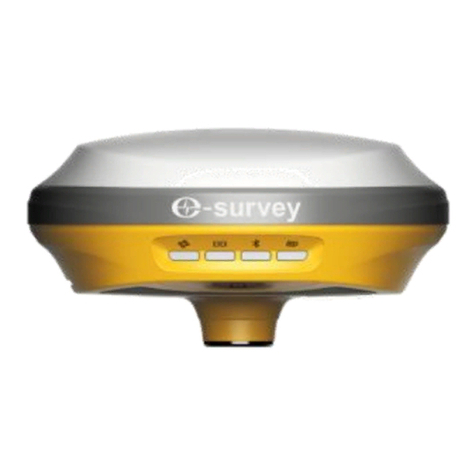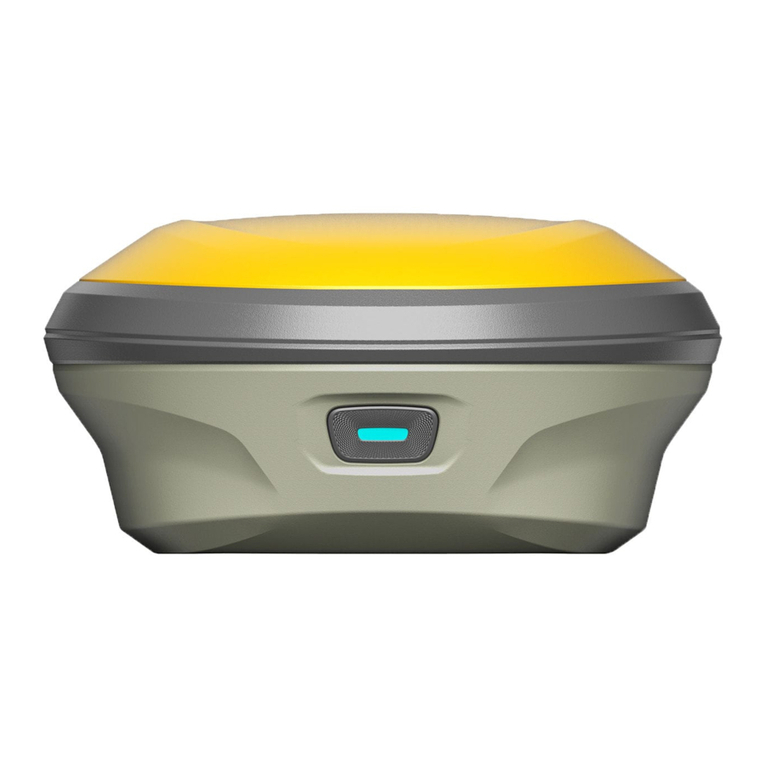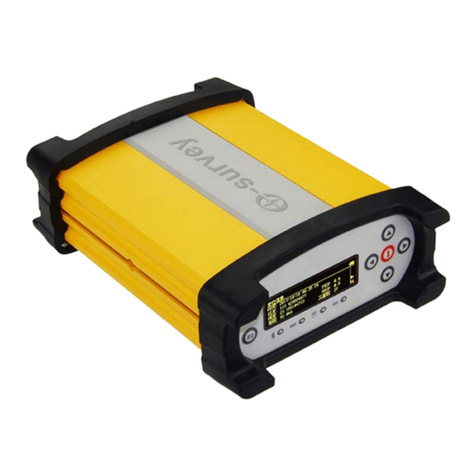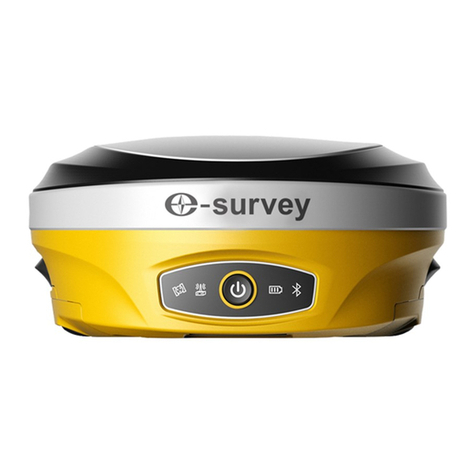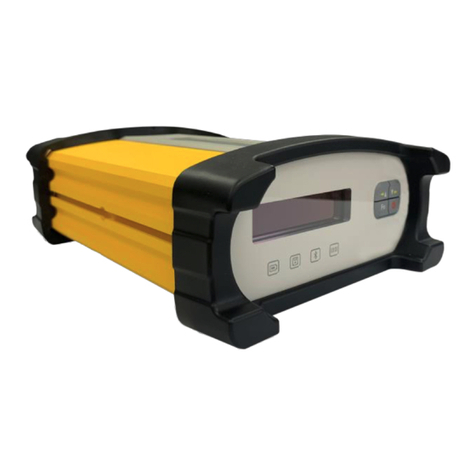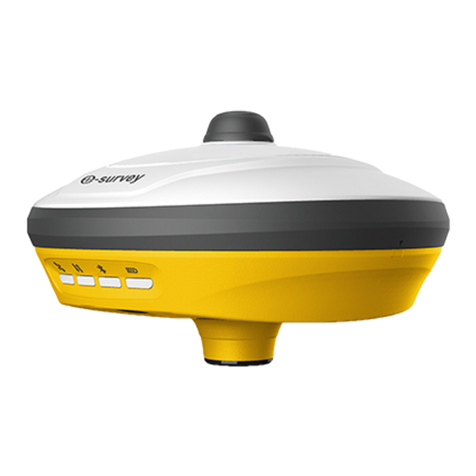
Contents
1. Introduction ..........................................................................................................1
1.1 Appearance...................................................................................................1
1.2 Indicators ......................................................................................................1
1.3 Interface........................................................................................................2
1.4 Pin definition.................................................................................................2
1.5 Power button ................................................................................................2
1.6 Touch Screen.................................................................................................3
1.6.1 Main Screen ..........................................................................................3
1.6.2 Device Information ...............................................................................3
1.6.3 Work Mode Setting...............................................................................3
2. Web User Interface...............................................................................................4
2.1 Position .........................................................................................................4
2.2 Satellites........................................................................................................5
2.3 Information ...................................................................................................5
2.4 Working Mode ..............................................................................................5
2.5 Satellite Settings ...........................................................................................6
2.6 Device Configuration.....................................................................................6
2.7 NMEA Message .............................................................................................6
2.8 View Logs ......................................................................................................7
2.9 Raw Data.......................................................................................................7
2.10 Backup Data ..................................................................................................7
2.11 Management.................................................................................................8
3. Basic Operation.....................................................................................................8
3.1 Insert SIM card..............................................................................................8
3.2 Charging battery ...........................................................................................8
3.3 Attach radio antenna ....................................................................................9
3.4 Measure antenna height...............................................................................9
3.5 Tilt Survey....................................................................................................10
4. Internal Radio......................................................................................................11
4.1 Default channel frequency..........................................................................11
4.2 Supported radio protocols..........................................................................11
5. Standard Accessories ..........................................................................................12
6. Technical Specifications ......................................................................................13
7. Warranty Policy......................................................................错误!未定义书签。
